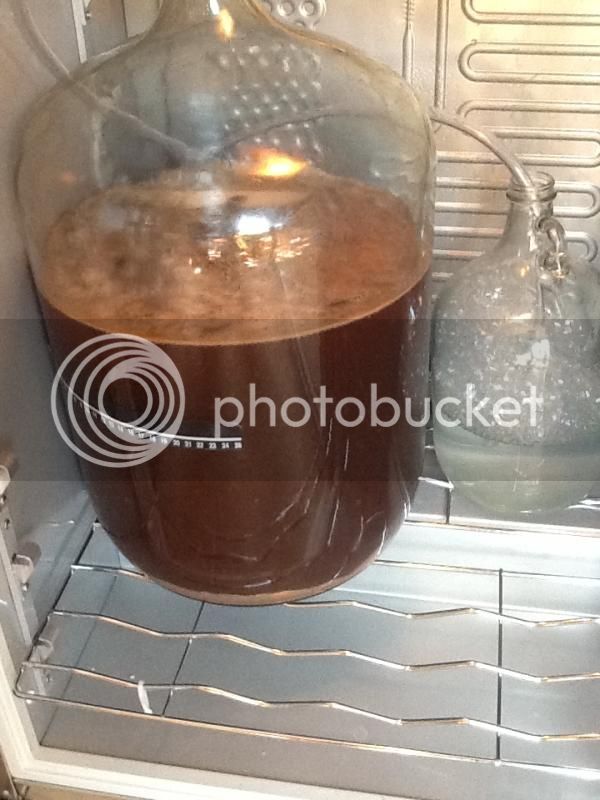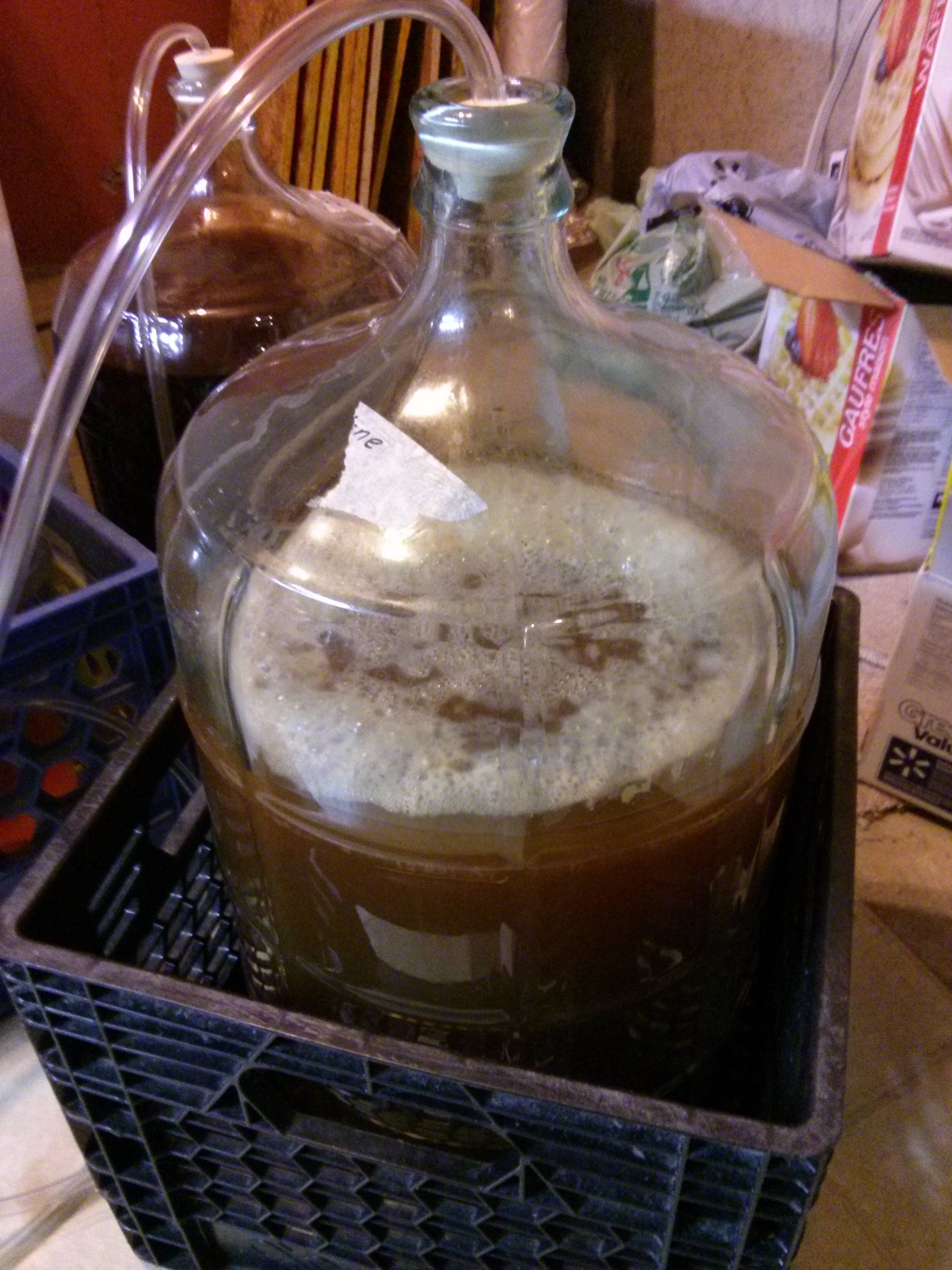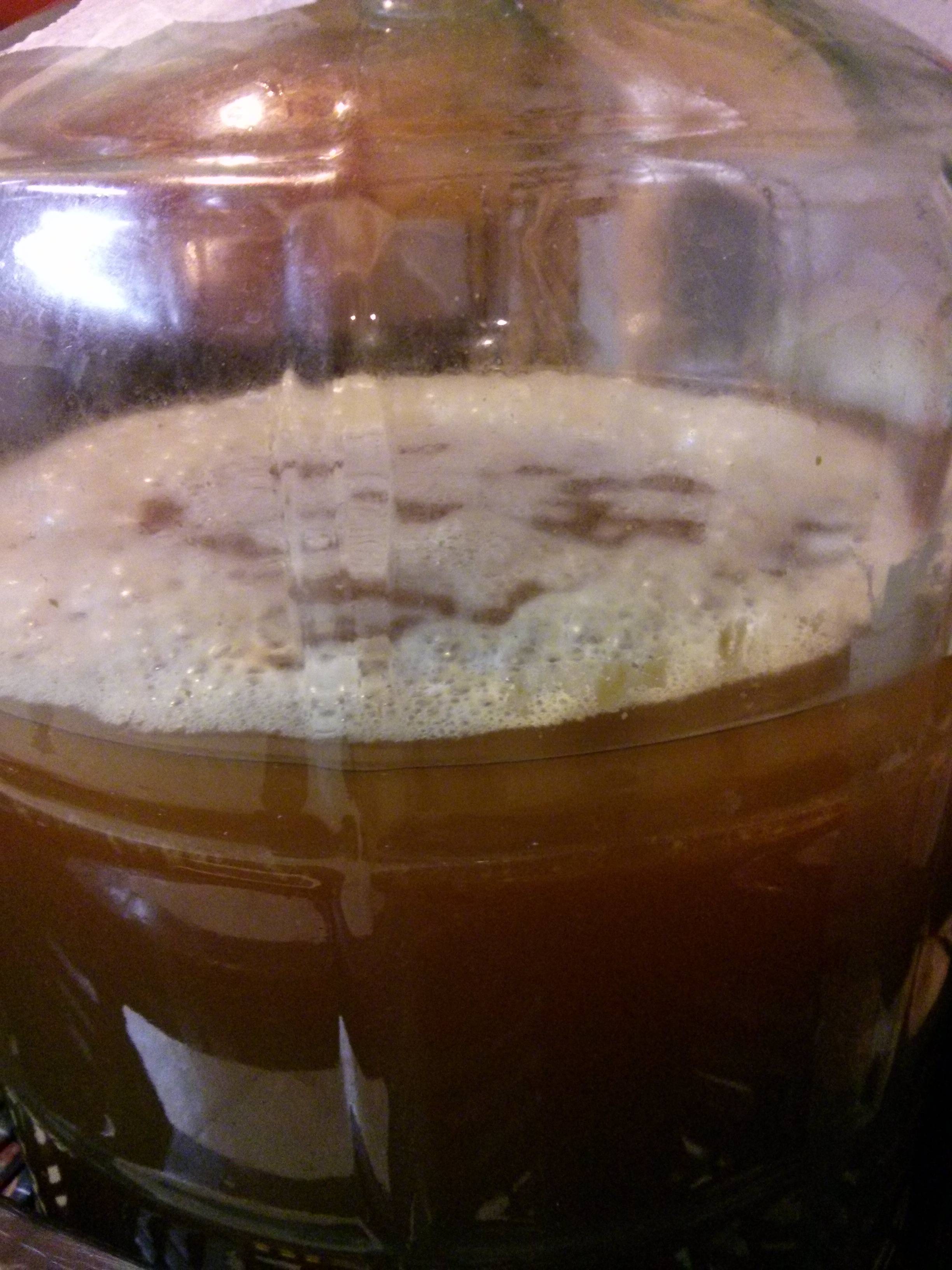hunter_le five
Sheriff Underscore
Just brewed this on Saturday. Had an OG of 1.064. What is everyone else getting for OG and FG? Just curious what to expect. I would prefer it to end up a little more on the dryer side
My OG was 1.055 and FG was 1.007
I don't consider it particularly dry compared to other ciders I've made, but it's not super sweet either. I really like the balance.
The flavor of mine has really changed remarkably over the past couple months. All of the tart/green apple aftertaste is long gone and it has turned into something truly wonderful. I can't wait to make this again. It has also cleared up beautifully, it is now crystal clear, like amber glass. I'll have to post a new picture.
My advice to anyone trying this recipe: Don't get impatient and drink it all too fast. Set some aside and let it lager a few months (either in keg or bottle). It gets even better with some age.
























































![Craft A Brew - Safale BE-256 Yeast - Fermentis - Belgian Ale Dry Yeast - For Belgian & Strong Ales - Ingredients for Home Brewing - Beer Making Supplies - [3 Pack]](https://m.media-amazon.com/images/I/51bcKEwQmWL._SL500_.jpg)







